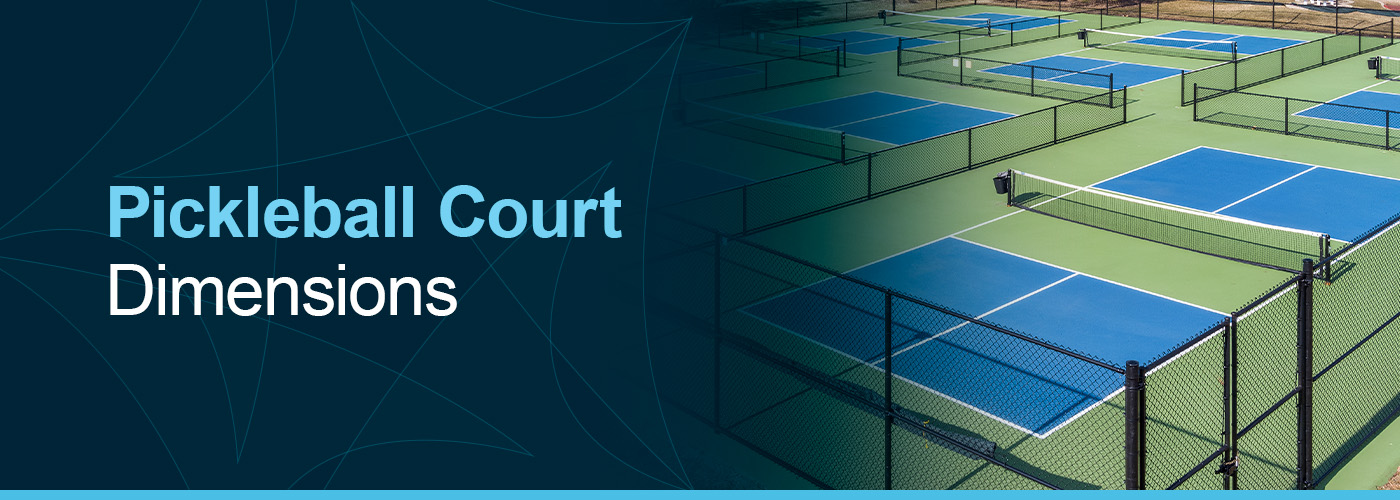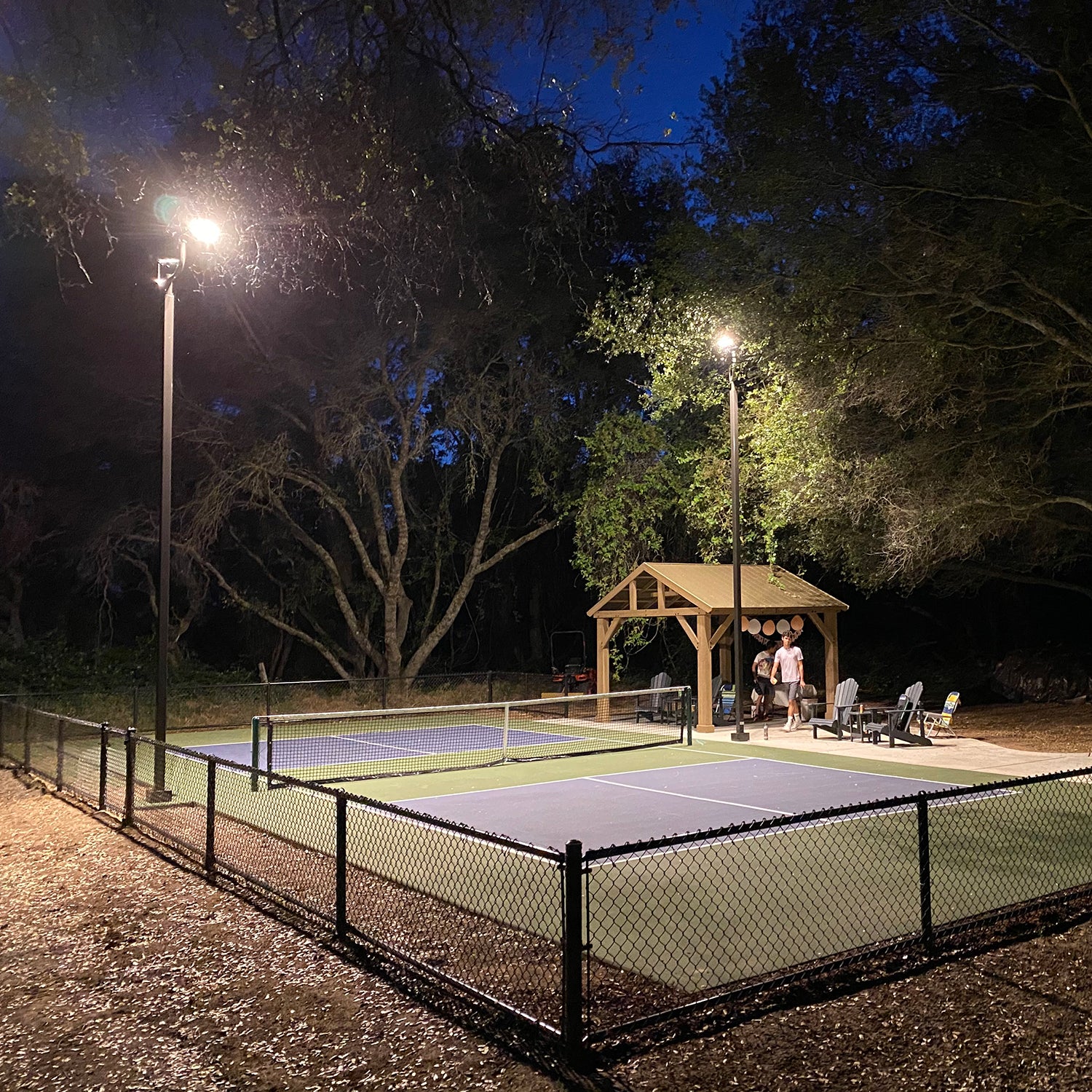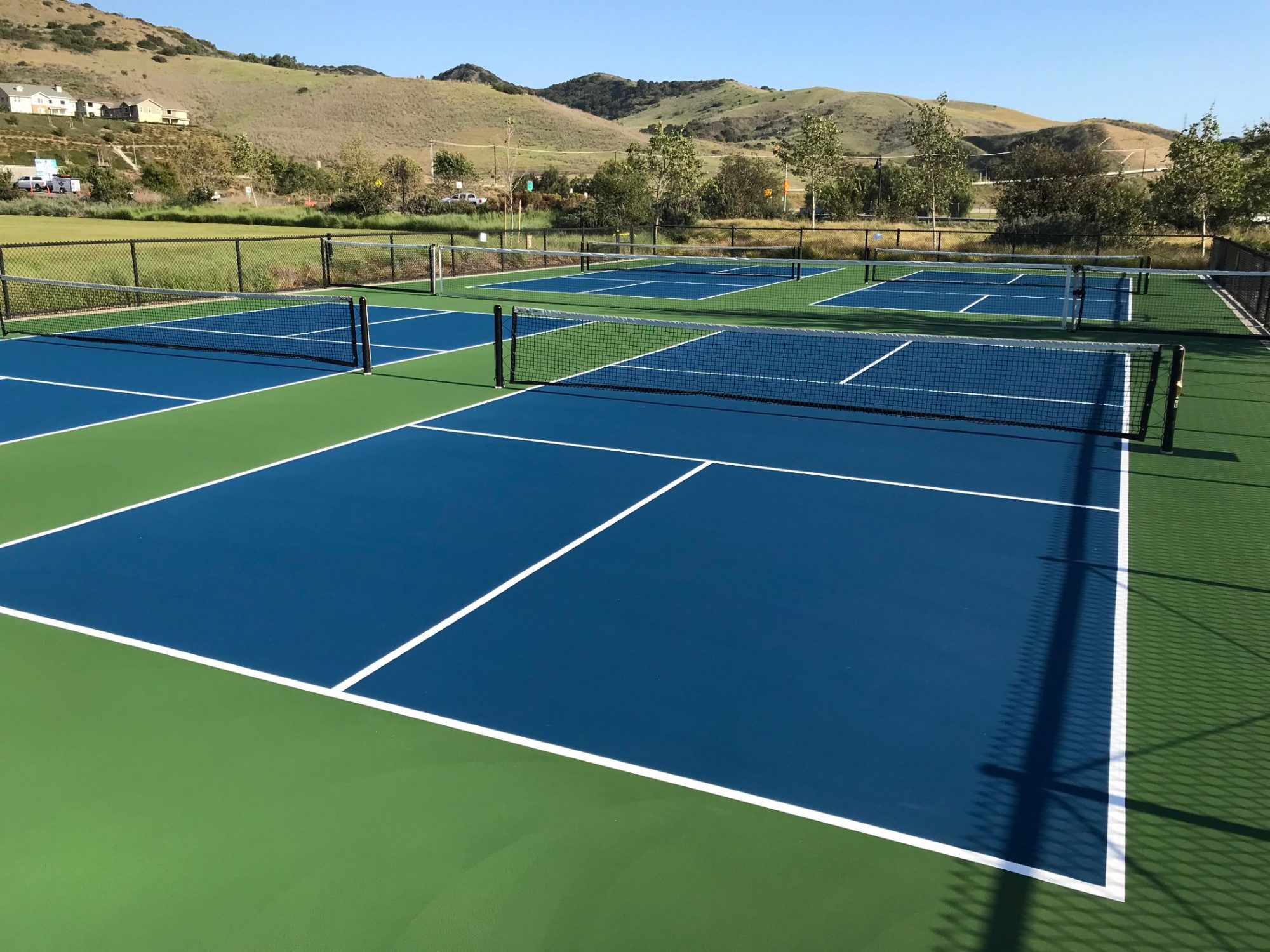Understanding the Timeline for Your Pickleball Court Construction Task
Understanding the Timeline for Your Pickleball Court Construction Task
Blog Article
Navigating Rules for Pickleball Court Building in Your Area
Constructing a pickleball court in your area calls for a nuanced understanding of different neighborhood regulations, consisting of zoning regulations, structure authorizations, and safety criteria. Each community enforces particular standards that can substantially affect the usefulness of your task. Involving with regional authorities and the community is vital for making certain conformity and cultivating support. Navigating this regulatory landscape can be taxing and intricate. What are the crucial steps you should take into consideration to stay clear of possible risks and guarantee a smooth construction process?
Recognizing Regional Zoning Legislations
When considering the construction of a pickleball court, comprehending neighborhood zoning regulations is crucial to guaranteeing compliance and preventing potential lawful concerns. Zoning regulations determine just how land can be utilized and often include requirements relevant to entertainment facilities. These legislations can vary substantially by community, impacting variables such as court placement, noise, dimension, and illumination levels.
Before starting building, it is important to get in touch with the local zoning board or planning department to determine the specific regulations that apply to your residential property. Certain areas might limit leisure activities, while others might require specific permits or adherence to certain standards. It is likewise vital to think about troubles, which figure out just how far frameworks should be from home lines or other structures.
In addition, exclusive growths, such as home owner associations (HOAs), might impose their own regulations relating to the building and construction and use pickleball courts. Recognizing these regulations can prevent costly alterations or lawsuits down the line. Engaging with regional stakeholders and community participants can supply useful understandings and foster assistance for your project, making sure that it aligns with the community's assumptions and needs.
Obtaining Necessary Structure Allows
Just how does one browse the intricacies of getting required building licenses for a pickleball court? The process starts with understanding neighborhood regulations and requirements stated by metropolitan authorities. Usually, you will need to submit a comprehensive site strategy that details the suggested court dimensions, products, and format. This strategy should abide by zoning legislations and any kind of particular laws pertaining to entertainment facilities.

When licenses are gotten, it is crucial to abide by any kind of inspection timetables and demands throughout the building stage. Keeping communication with regional authorities will facilitate a smoother approval procedure and help avoid potential problems. By completely preparing and recognizing the permitting landscape, you can effectively browse the intricacies involved in constructing a pickleball court while staying certified with all local regulations.

Assessing Environmental Effect
A comprehensive evaluation of ecological effect is important when planning the building and construction of a pickleball court. This evaluation helps determine potential impacts on neighborhood ecological communities, water resources, and community aesthetic appeals. Trick elements to consider include website option-- making certain that the court is not constructed on ecologically delicate land, such as wetlands or environments for endangered varieties
Soil security and water drainage patterns need to be analyzed to stop erosion and water pooling, which could adversely influence bordering vegetation and wild animals. Furthermore, the choice of products is crucial; deciding for lasting and green options minimizes environmental damage.
The implementation of reliable stormwater administration techniques is one more crucial element, as it helps minimize runoff and sedimentation. Involving with local ecological agencies can supply beneficial understandings into policies and ideal methods details to your area.
Lastly, area input can be useful in understanding any neighborhood ecological concerns and fostering assistance for the project. By performing a detailed environmental effect evaluation, stakeholders can make certain that pickleball court building aligns with sustainable techniques and adds positively to the neighborhood's ecological wellness.
Following Safety And Security Specifications
Making certain conformity with safety criteria is important for the effective building and procedure of a pickleball court. Following well established safety and security policies minimizes the risk of injuries and crashes, ensuring a safe setting for players.
Trick security criteria include proper court measurements, surface area materials, and lighting demands. The court must meet the main dimensions of 20 feet large by 44 feet long for increases play, with appropriate barrier areas to stop injuries from wayward balls. Pickleball court construction. The surface ought to be created from non-slip products to boost traction and reduce the chance of falls
Furthermore, lighting has to be adequate for night play, supplying consistent lighting to avoid darkness that can hinder exposure. more tips here Neighborhood building codes may additionally determine specific requirements for fencing and internet elevation to guarantee gamer security and stop unauthorized access to the court location.
Normal assessments and upkeep are important to maintain these standards over time. By prioritizing security conformity, court owners not just protect players yet also cultivate a favorable online reputation within the area. This dedication to safety can motivate better participation and satisfaction of the sport, inevitably adding to its growth and sustainability.

Engaging the Neighborhood in Preparation
Neighborhood involvement in the drawing board of pickleball court building and construction can considerably enhance the task's general success. Engaging neighborhood citizens and stakeholders fosters a sense of possession and urges joint decision-making, which can lead to more comprehensive assistance for the effort.
To successfully include the community, organizers must initiate public conferences or workshops, providing a platform for citizens to voice their opinions and choices pertaining to area, layout, and services. Surveys and responses types can likewise be utilized to collect understandings from a broader target market, making sure that diverse perspectives are thought about.
Furthermore, developing an area consultatory board can help with recurring discussions and address issues throughout the planning procedure. This board can consist of representatives from various demographics, such as regional institutions, leisure organizations, and neighborhood organizations, thus his comment is here magnifying community depiction.
Reliable communication is vital; updates concerning the job ought to be frequently shared through e-newsletters, social media sites, or neighborhood publications. By focusing on area involvement, organizers can grow interest, mitigate potential resistance, and develop a pickleball center that really resonates with regional worths and requirements. This joint strategy not only enhances the job yet also enhances area connections.
Verdict
In verdict, navigating the complexities of pickleball court building requires a comprehensive understanding of neighborhood laws, including zoning regulations, structure authorizations, and safety criteria. Conducting ecological assessments is necessary to minimize environmental effect, while area interaction can enhance support for such projects. By adhering to these standards and cultivating partnership, effective application of pickleball courts can be accomplished, promoting recreational chances and community wellness. Continued diligence in these locations will make sure sustainable and compliant advancement.
Building a pickleball court in your location needs a nuanced understanding of numerous neighborhood policies, including zoning legislations, structure authorizations, and safety criteria.When considering the building of a pickleball court, comprehending regional zoning regulations is vital to making sure conformity and staying clear of prospective legal issues. By thoroughly preparing and comprehending the permitting landscape, you can effectively navigate the intricacies involved in building a pickleball court while look at this website staying compliant with all regional regulations.
In verdict, browsing the intricacies of pickleball court building demands a thorough understanding of local laws, consisting of zoning legislations, structure licenses, and safety requirements. By adhering to these standards and cultivating partnership, effective implementation of pickleball courts can be accomplished, advertising leisure chances and area wellness.
Report this page